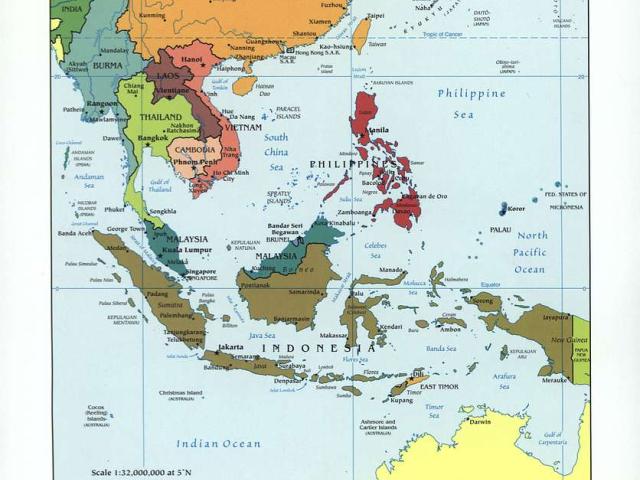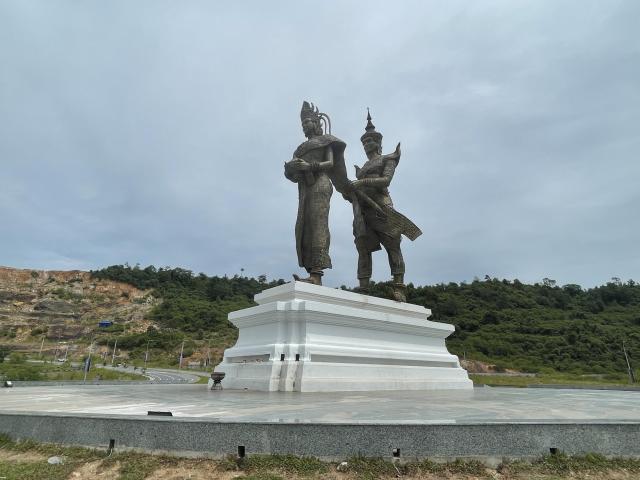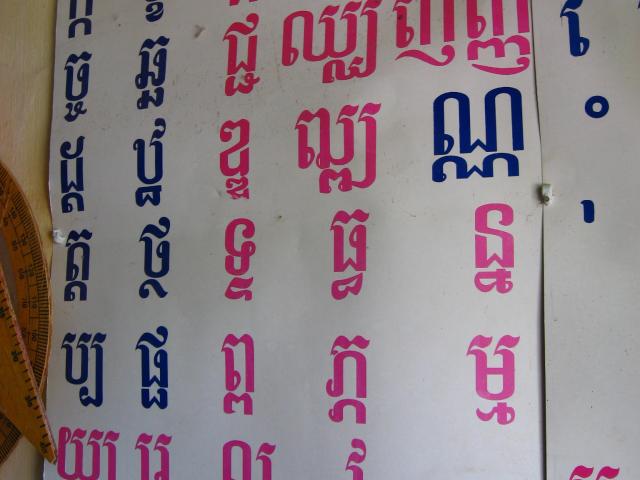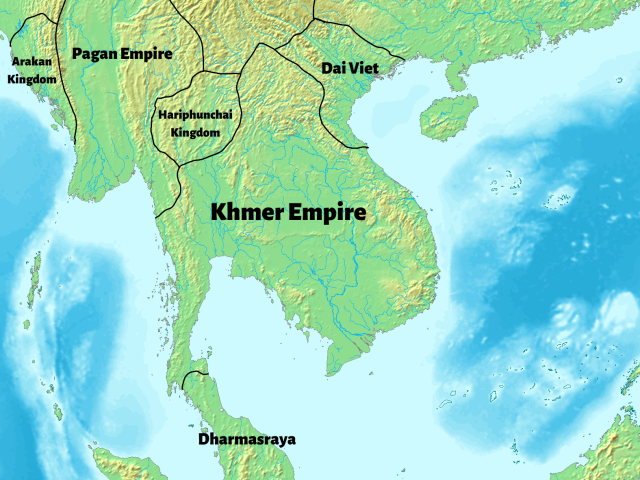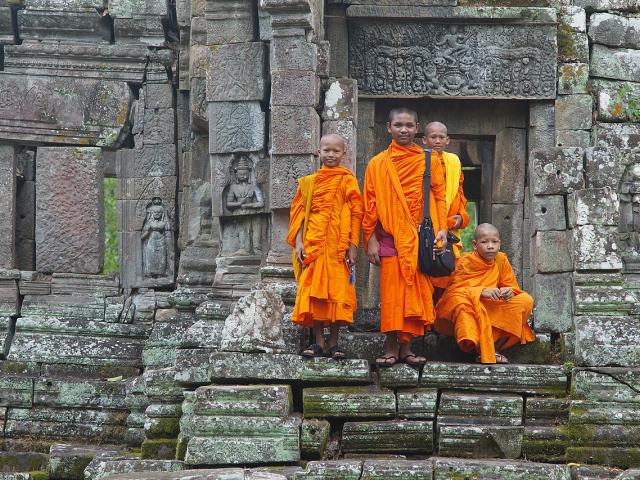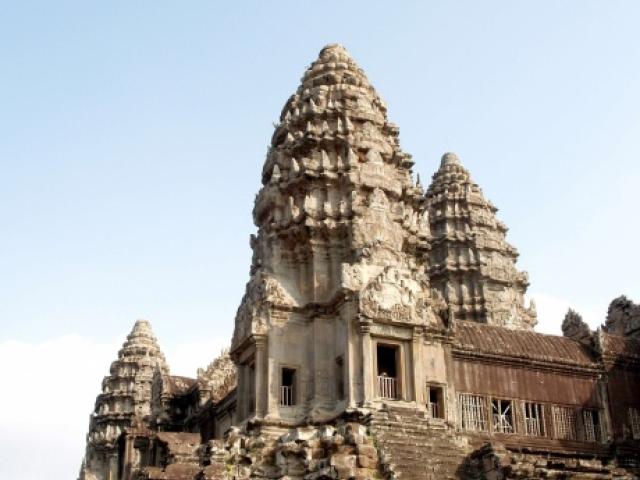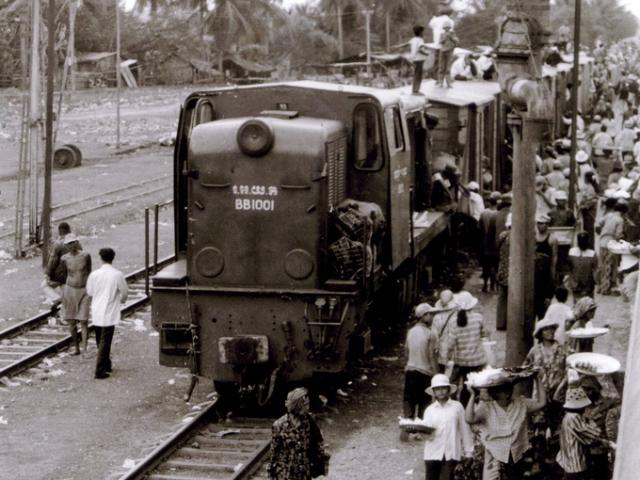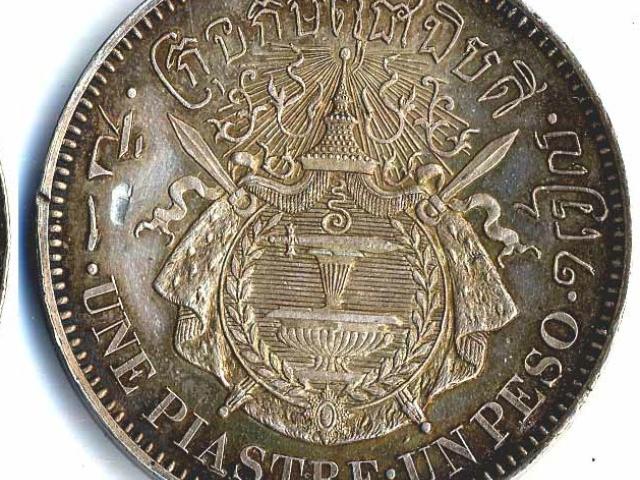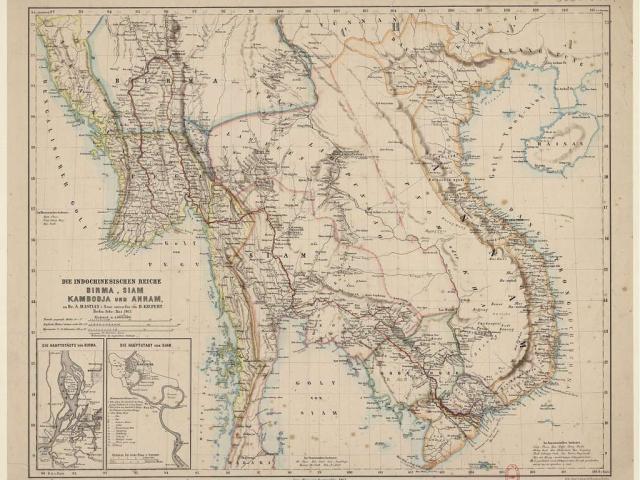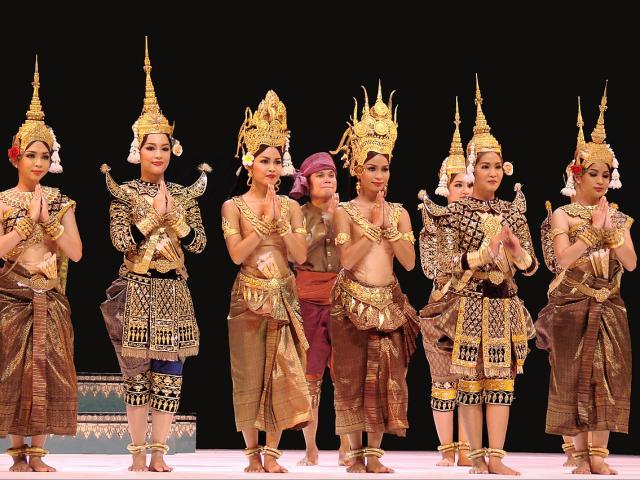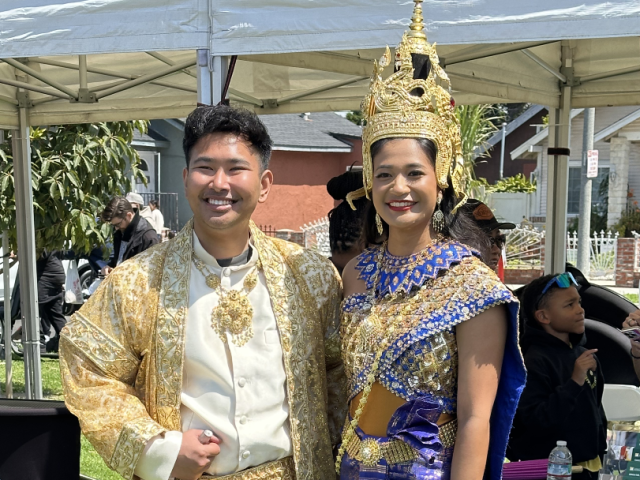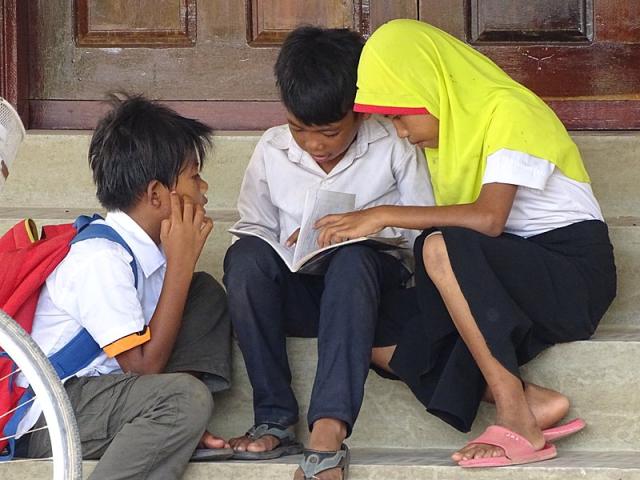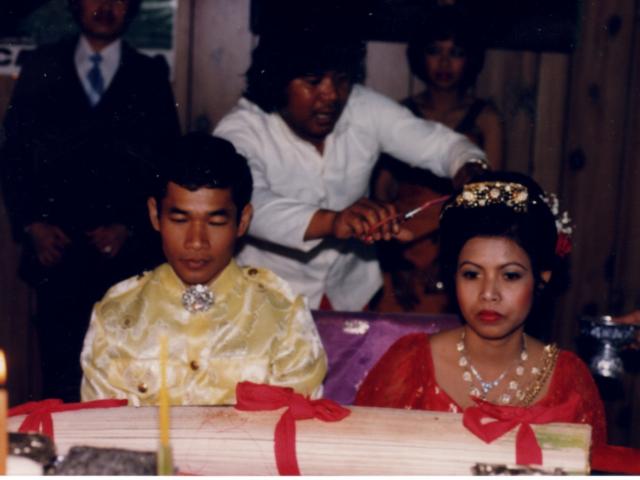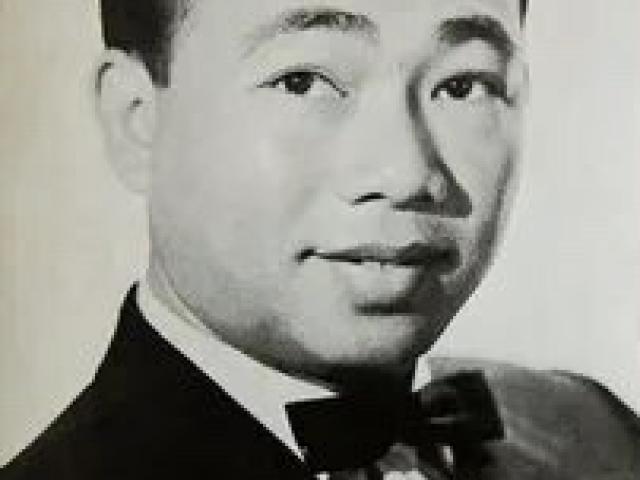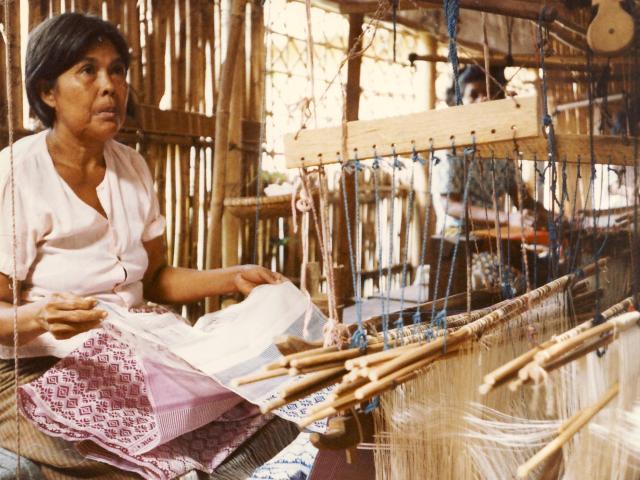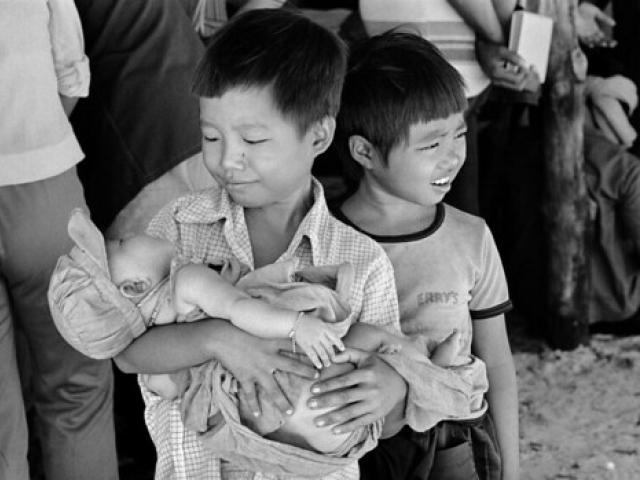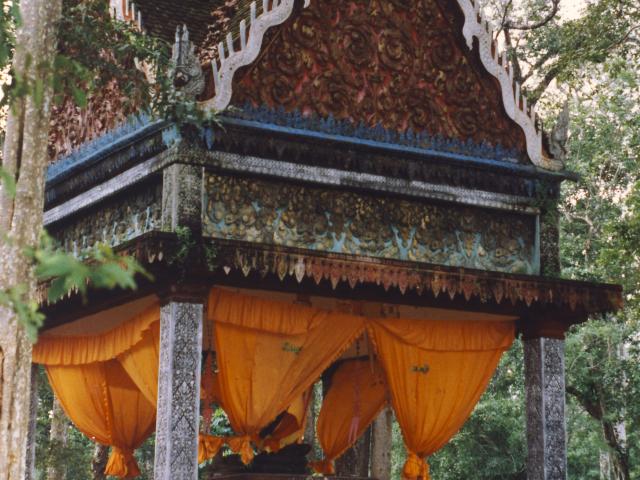Area of Study 1: Introduction to Cambodian History

The Significance of the Cambodian American Studies Model Curriculum
Cambodia is a country with a history and heritage marked by periods of peace as well as catastrophe. The Cambodian American Studies Model Curriculum (CASMC), authorized by Assembly Bill 167, initiated the development and adoption of a model curriculum to include the experiences of the Cambodian Genocide (California AB 167, 2021). Legislation was later modified by Senate Bill 369 to also include the Cambodian American history and heritage. The CASMC is designed to contribute to K-12 students' construction of content knowledge through inclusive and interactive curriculum plans.
Angkor History
The rich history of Cambodia from its prehistoric beginnings through the Angkor Empire demonstrates complex social and technological advancement including agricultural and architectural innovation. Those innovations combined with the political and religious practices during the time period have left a lasting legacy on the region. Evidence of human presence in Cambodia dates back to around 10,000 years ago, in prehistoric cave sites like Laang Spean and villages like Mlu Prei. Evidence from Samrong Sen suggests that prehistoric Cambodians adopted bronze metallurgy production more than three millennia ago.
